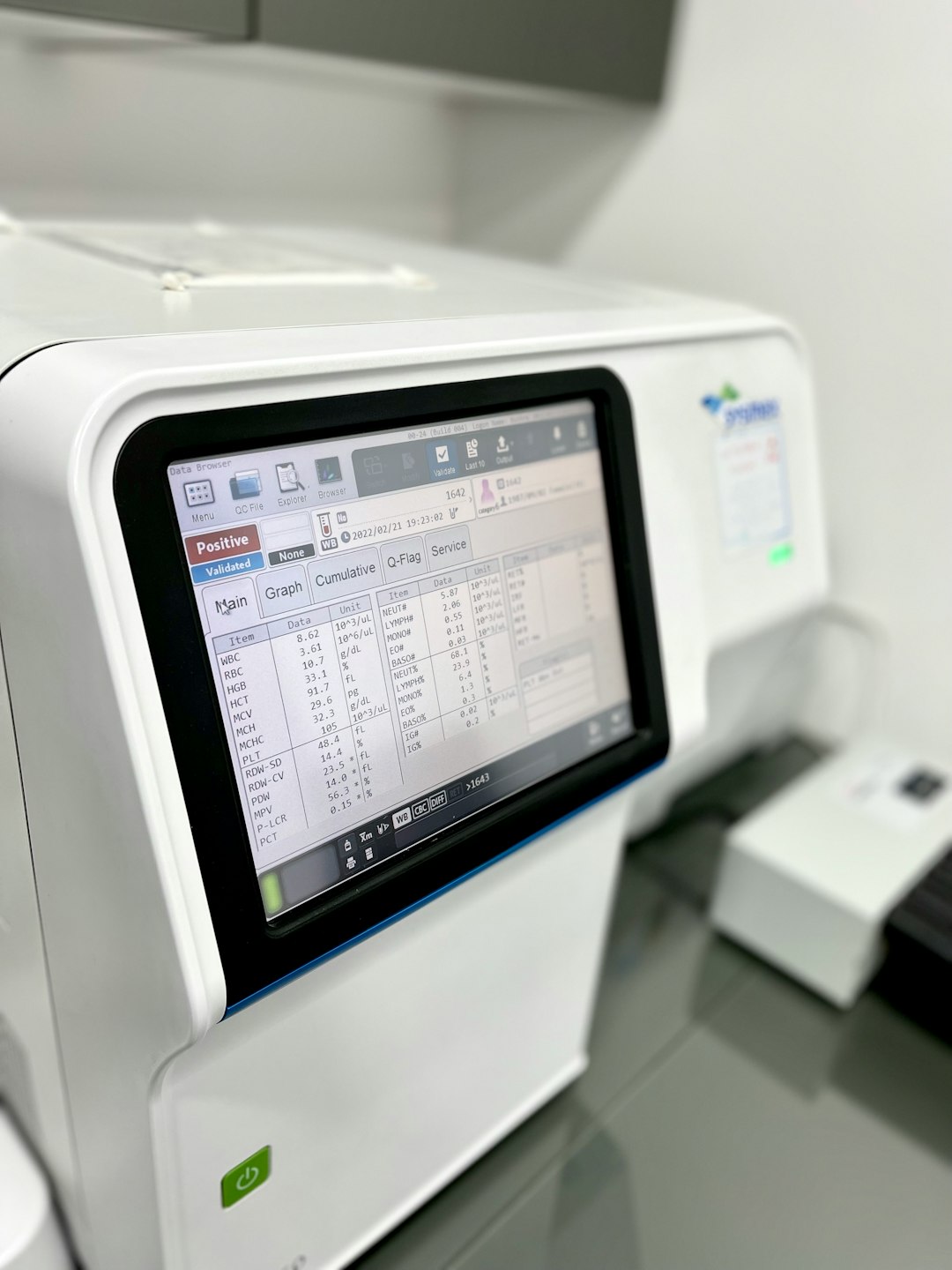Monitoring calorie expenditure is a critical aspect of health and fitness tracking, and Fitbit has emerged as one of the most trusted names in this field. But how accurate is Fitbit’s calorie calculation, and what methods does it use? To understand this better, we need to take a close look at the technology and algorithms that drive Fitbit’s calorie burn estimations. By examining the science and computational models behind it, we can better appreciate the tool we often rely on for our health goals.
The Foundation: What Is a Calorie?
A calorie is a unit of energy — specifically, the amount of energy required to raise the temperature of one kilogram of water by one degree Celsius. In the context of health and fitness, calories are used to quantify the amount of energy we consume through food and beverages, and the amount we expend through physical activity and metabolic processes. Fitbit estimates the latter — energy out — with various sensors and data inputs.
Multiple Data Inputs: How Fitbit Tracks Your Body
At its core, Fitbit calculates calories burned by combining several personal metrics and sensor data. These include:
- Basal Metabolic Rate (BMR): This is the number of calories your body burns at rest to maintain vital functions such as breathing, circulation, and cellular production.
- Activity Level: Measured through an accelerometer and/or optical heart rate sensor.
- Heart Rate: Monitored continuously when you wear a heart rate-enabled Fitbit device.
- User Profile Data: Includes age, weight, height, and gender, all of which influence your metabolic rate.
All of these factors are integrated using proprietary algorithms to get an estimate of your total calorie burn. It’s important to note that while these estimates are close, they are not direct measurements — Fitbit uses modeling based on continuously updated datasets and user feedback.
Understanding BMR: The Starting Point of Caloric Calculations
BMR is the baseline energy your body uses. Fitbit calculates your BMR using the widely accepted Harris-Benedict Equation or similar metabolic models. Here’s how BMR might be calculated:
- For men: BMR = 66 + (13.7 × weight in kg) + (5 × height in cm) – (6.8 × age in years)
- For women: BMR = 655 + (9.6 × weight in kg) + (1.8 × height in cm) – (4.7 × age in years)
This gives a daily estimate of calories burned at rest. Fitbit starts with this foundational value and builds on it by adding energy expelled during activity.
Activity Detection: The Role of the Accelerometer
One of the most essential hardware components in Fitbit devices is the triaxial accelerometer. This sensor detects movement in three dimensions and helps determine your activity level.
Fitbit’s algorithms analyze the movement data and classify it into different categories such as walking, running, or being sedentary. By associating these movements with metabolic equivalents (METs), a standardized method of estimating energy expenditure for different activities, Fitbit translates this into calorie estimates.
In simplistic terms, the more you move and the more intense the motion, the more calories you burn. However, the integration of heart rate data adds a higher level of precision.
The Heart Rate Factor: Enhanced Caloric Accuracy
Heart rate monitoring adds another layer of complexity and precision to calorie expenditure calculation. Fitbit devices with built-in optical heart rate sensors use photoplethysmography (PPG) — a method that shines LED lights into the skin and measures blood flow.
By analyzing heart rate variability, Fitbit can improve activity recognition and tailor the calorie estimate accordingly. This is especially useful for exercises where movement and effort don’t necessarily correlate, such as weightlifting or yoga.

When your heart rate rises into different zones — fat burn, cardio, or peak — the Fitbit adjusts the caloric burn count in real time. This makes heart rate sensors especially valuable for monitoring dynamic workouts.
GPS and Exercise Modes: Refining the Data
Fitbit models equipped with GPS, or those that connect to your phone’s GPS, gain another layer of accuracy by tracking your pace and distance during outdoor runs, walks, or rides. This data feeds into the calorie calculation, particularly for cardiovascular activities.
Additionally, Fitbit offers specific exercise modes such as “Workout,” “Elliptical,” “Cycling,” or “HIIT.” These modes indicate to the system what kind of activity you are performing, allowing the algorithm to properly benchmark effort versus expected calorie burn for that category. Your heart rate zone during these exercises also helps refine the calories-burned estimates.
Smart Learning: Machine Learning and Trend Analysis
Over time, Fitbit doesn’t just rely on static equations. It incorporates machine learning and cloud-based analysis. With millions of data points from diverse user populations, Fitbit continuously updates and improves its algorithmic models to provide more accurate estimations.
For example, if the device detects patterns such as higher average heart rates during specific activities or a deviation in activity input vs. caloric output, it adjusts over time to better reflect user-specific patterns. Fitbit essentially becomes “smarter” the more you use it.

This data-driven personalization is what sets Fitbit apart from more primitive pedometers or manual calorie logs.
Limitations and Accuracy: How Close Is Fitbit to Reality?
Fitbit’s calorie estimations are generally considered to be within 5-15% accuracy, depending on activity type, device model, and user compliance (such as wearing the device correctly). However, several variables can influence accuracy:
- Placement: Wearing the device too loosely or on a non-dominant wrist could affect sensor readings.
- Physiological Variations: Metabolism can vary greatly between individuals, influenced by factors like hormones, genetics, and body composition.
- Activity Recognition Errors: Sometimes, non-exercise movement (e.g., shaking your wrist) can be misclassified as exercise, leading to overestimation of calories burned.
Despite these limitations, Fitbit provides a reliable estimate for most users and is especially powerful when used consistently to track patterns over time.
How to Improve the Accuracy of Your Fitbit’s Calorie Estimate
There are several best practices you can follow to help improve the accuracy of Fitbit’s caloric data:
- Ensure your personal profile (height, weight, age, gender) is up to date in the app.
- Wear the device snugly around your wrist, particularly during exercise.
- Use dedicated workout modes whenever possible to give context to your activity.
- Enable GPS when doing outdoor exercise for better distance measurement.
- Regularly sync and update your device to get the latest firmware and algorithm improvements.
The Bigger Picture: Why Caloric Tracking Matters
Calorie awareness is vital for managing weight, but it’s also useful for enhancing performance, preventing fatigue, and maintaining overall well-being. By offering a reasonably accurate estimate of daily energy expenditure, Fitbit empowers users to make informed lifestyle and nutritional decisions.
Moreover, Fitbit integrates well with other health ecosystems and apps, creating a centralized platform for your wellness journey — from tracking workouts to recording meals and sleep, all of which are interconnected with how your body uses and recovers energy.
Conclusion
Fitbit’s approach to calorie counting is built on a mixture of tried-and-true metabolic equations, advanced sensors, and adaptive algorithms. While it does not offer clinical-grade precision, it delivers highly useful estimates that can guide healthier decision-making. Continuous wear, thoughtful engagement, and accurate activity logging can significantly increase the utility of the information Fitbit provides.
In sum, Fitbit is more than just a pedometer — it’s a complex mini-laboratory on your wrist that offers insights into one of the most fundamental aspects of human health: how we expend our energy.
